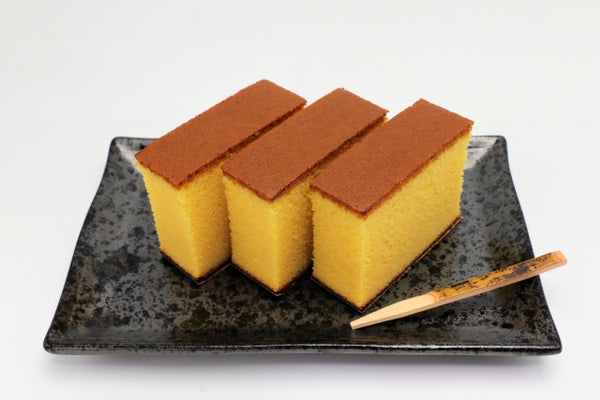Regional Foods of Nagasaki

One of Japan’s most international cities, Nagasaki’s food culture has been shaped by its history as a trading port. Nagasaki has been trading with foreign countries since its port first opened in 1571 and is home to Dejima, a historic Dutch neighborhood, and one of three Chinatowns in Japan. As such, Nagasaki’s cuisine is a one-of-a-kind mix of Western, Chinese, and Japanese influences. On your next trip to this bustling city, make sure to sample the wide variety of food on offer.

Champon
No visit to Nagasaki would be complete without a bowl of champon, a hearty noodle soup first introduced by Chinese immigrants in the 19th century. Champon is made with a variety of seafood and vegetables that are simmered in a creamy pork-based broth. Compared to ramen, the noodles are thicker and chewier. Try champon topped with fresh oysters, one of Nagasaki’s specialty ingredients.

Sara Udon
Another popular noodle dish in Nagasaki is sara udon, which literally means plate udon. Sara udon is the Japanese take on crispy Chinese noodles. It consists of a base layer of crunchy, golden-brown fried noodles and is topped with a mix of stir-fried seafood, meat, and vegetables in a thickened sauce. A textural delight, sara udon is a favorite amongst children.

Kakuni Manju
Throughout the streets of Nagasaki Chinatown, visitors can spot giant bamboo steamers full of decadent kakuni manju. Kakuni manju is a popular Chinese-style steamed bun that is filled with a slow-cooked, thick, and sticky pork belly filling. The buns are soft, pillowy, and slightly sweet, and the filling is rich, savory, and melt-in-your-mouth tender.

Taruko Rice
For a truly unique meal, try Taruko rice, otherwise known as Turkish rice. Taruko rice is a peculiar mix of rice pilaf, Neapolitan spaghetti, tonkatsu (fried pork cutlet) all served on the same plate, then coated in brown demi-glace sauce. Strangely, despite being named after the country of Turkey, none of the components of Taruko rice are Turkish in origin. Some hypothesize that “Taruko” is a mangled shortening of “tri-color”, referring to the three distinct colors on each plate. No matter the case, Taruko rice is a great option for diners who can’t quite decide what they want to order.

Shippoku Ryori
Shippoku Ryori is a distinct variety of Nagasaki dining. It literally translates to “table cooking” and refers to the round, red lacquered table that shippoku ryori is traditionally served upon. Reminiscent of a communal Chinese banquet but with European elements, shippoku ryori is sometimes referred to as “hybrid dining”. Some common dishes include ohire, a clear soup made with seabream, and basti, a latticed pastry similar to pot pie. A more upscale dining experience, shippoku ryori is typically served in Japanese restaurants known as ryotei.

Castella
For dessert, pick up some castella, a yellow sponge cake that was introduced to Japan by Portuguese merchants in the 16th century. Nagasaki castella is known for its moist, fluffy texture and rich, honey-like flavor. Soft and sweet, it has long been a popular souvenir to bring back from Nagasaki. In fact, Fukusaya, a castella merchant that first opened in 1624, is still in business today!
About the author:

Britney Budiman
Britney Budiman (@booritney) is a writer, minimalist, aspiring effective altruist, and runner-in-progress with a penchant for saying “yes.” Previously, she has worked in Cambodia at a traditional arts NGO, in Brazil as a social sciences researcher, and in San Francisco at a housing start-up. She currently lives in the countryside of Kagoshima, Japan, where she teaches English. Her favorite thing in the world is good conversation.




